Many of us look forward to January 1 as a fresh start. But before we get to hit that refresh button, it’s a good idea to look back too. No, we’re not saying you need to go sit by a waterfall and meditate on your IT infrastructure, but there are benefits to doing a year-end tech review.
What is a tech review?
In a tech review, you can accomplish several key things. First, you can gain a clear picture of what the IT infrastructure looks like. After all, technology is always evolving. You can determine what assets you have and how employees are using them. You’ll also revisit your tech spending and whether it’s achieving business outcomes.
A tech review also gives IT staff a chance to clarify roles and responsibilities, as well as mission.
Doing this at year’s end is common because many businesses slow down around the holidays. This means your team can focus more on the tasks of a thorough and effective tech review.
You may have a budget you’re looking to use by the end of the fourth quarter. With a tech review in hand, you can make sure you spend money on technology that will make a real impact.
A tech review, done at any time of year, also offers you the ability to:
- improve productivity;
- mitigate risk;
- streamline workflow;
- update and upgrade;
- enhance employee engagement.
Steps for your tech review
There are many steps to take in an effective annual review of your technology. Read the main ones here.
Perform an IT inventory
Make sure you know all your tech assets and where they are in their lifecycle. This is a good time to identify current hardware and software in need of upgrade or replacement. Then, you can plan ahead and avoid security risks or unplanned downtime.
Review your IT outcomes
You should be spending on IT to achieve certain business goals. Now’s the time to consider whether your technology is doing what you wanted it to do. A Harvard Business Review study found that 77% of respondents see an IT strategy–implementation gap. So, at least you’re not alone in needing to ensure your tech initiative aligns with business outcomes.
Update tech guidelines
You probably have policies in place governing how your IT is used. Revisit these annually to ensure you are keeping up with the way your tech is evolving. For example, if your people are remote more often, make sure your guidelines match those tech deployments.
Survey employees
Ask the people who are using your technology not only about what they are using but also how they are using it. This can help you identify areas to improve, upgrade, or automate. Or you might find out people are using software that IT didn’t vet first!
Good questions to ask include:
- What applications do you use most often?
- What applications do you resist using?
- Which technology tools can’t you do without?
- Which technology do you wish our company had, and why?
- Do you do any manual, repetitive processes?
Explore cybersecurity
You can ask employees whether they have experienced a cybersecurity threat this year. But you’ll also want to review your data to see if there are any indications of cyberattacks. Also, examine and revise your firewall settings to make sure they are as current as can be.
It’s also useful to have a third-party IT professional perform a vulnerability scan. A penetration test is a more involved way to identify weaknesses you might consider.
Review your findings and prioritize new technology
Drawing on the input you’ve received and the data you’ve gathered, decide what actions to take. You might want to replace redundant software or some with poor user experience. Or you may need to invest in hardware such as computers or servers. You could also find opportunities to automate manual tasks to boost your productivity.
Even if you have the budget for it, avoid making all your changes at once; it can be too overwhelming. Don’t expect your team to automate a process while also transitioning to new hardware. Bring your decision-makers together to decide on priorities and plan purchases and rollouts.
We review for you
Don’t have the resources or know-how to do a year-end technology evaluation? Contact us here for help.


